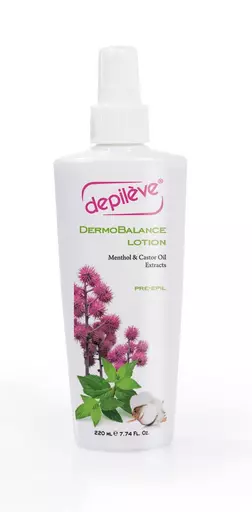With the big coats out and heating coming on, your clients are likely to be coming in for treatments with noticeably drier, more sensitive, and potentially reactive skin during the winter. Knowing how you can adapt your technique for winter skin doesn’t just improve client comfort but delivers effective results while protecting the skin.
Winter Skin Changes
As the air gets cooler, it holds less moisture, and combined with having the heating on, the air around us is much less humid. The skin can begin to dry out in these conditions, compromising the skin barrier. A weakened skin barrier can result in more permeable and reactive skin, increasing sensitivity to waxing treatments.
Adapting Your Consultation
To better understand your client and their current skin condition, you can include these questions in your consultation.
- Has your skin been feeling more dry or tighter than usual?
- Are you using any new moisturisers to help with dry skin?
- Have you noticed any irritation or skin flaking?
Adapting to Dry Skin
During the winter, hard wax is often a great choice. It can be more gentle on the skin, which is ideal for clients with a weakened skin barrier. Also consider using waxes with calming and moisturising ingredients, like azulene, chamomile, and oat oils.
Dry skin is more heat sensitive, so it is important to test your wax temperature with this in mind. What might have been comfortable in the summer may not be in the winter months.
If you use alcohol-based pre-waxing products, you may want to switch to more gentle alternatives in the cold weather. Either oil-based cleansers, or alcohol-based cleansers with additional soothing ingredients are great options.
Applying thinner layers of wax than you might during the summer months can help the client experience. Some newer wax formulations are designed to be applied in relatively thin layers and may be a useful tool to have on-hand. Thinner applications can reduce the force needed for removal, resulting in less skin stress and skin lifting.
Immediately after waxing, the client may need a little extra after care. Using post-waxing products with hydrating and regenerating ingredients will help restore the skin. Consider lotions and serums rich in ingredients such as hyaluronic acid, vitamin E, aloe vera, and shea butter.
Clients may also need a more firm reminder of their at-home after care. Their skin may have been more forgiving in the summer, but it’s important that clients recognise that their skin may be more reactive and sensitive as the temperature drops. This also presents a fantastic retail opportunity. Consider introducing your clients to products designed for post-wax skincare and ingrown hair serums to help them achieve and maintain the best results.
Key Takeaways
Every client is different. Remember to use your professional expertise and detailed consultations to make the best treatment decisions for each client. Being mindful of how our skin changes, and adapting your products and technique accordingly will help support a more pleasant client experience.









